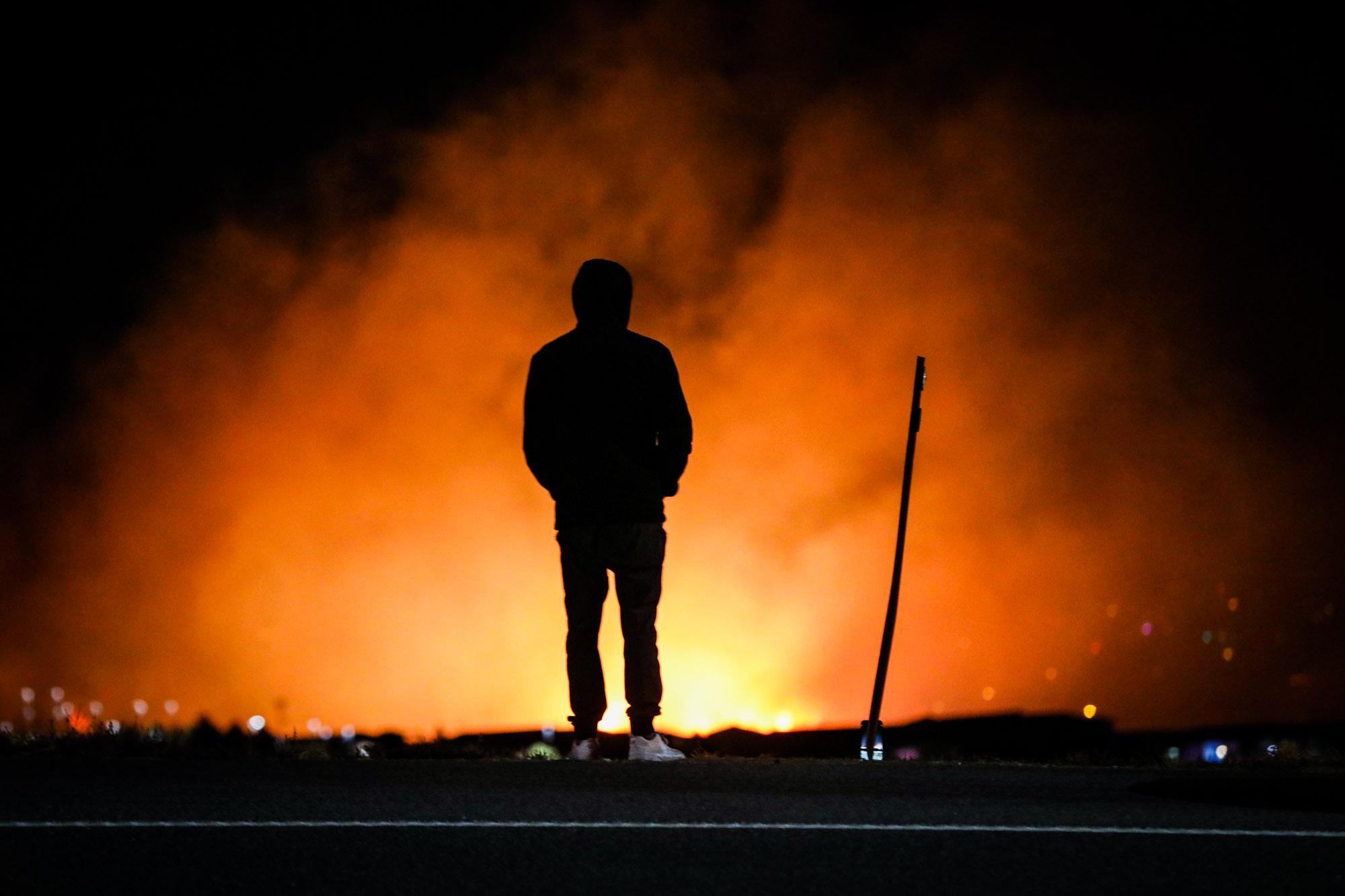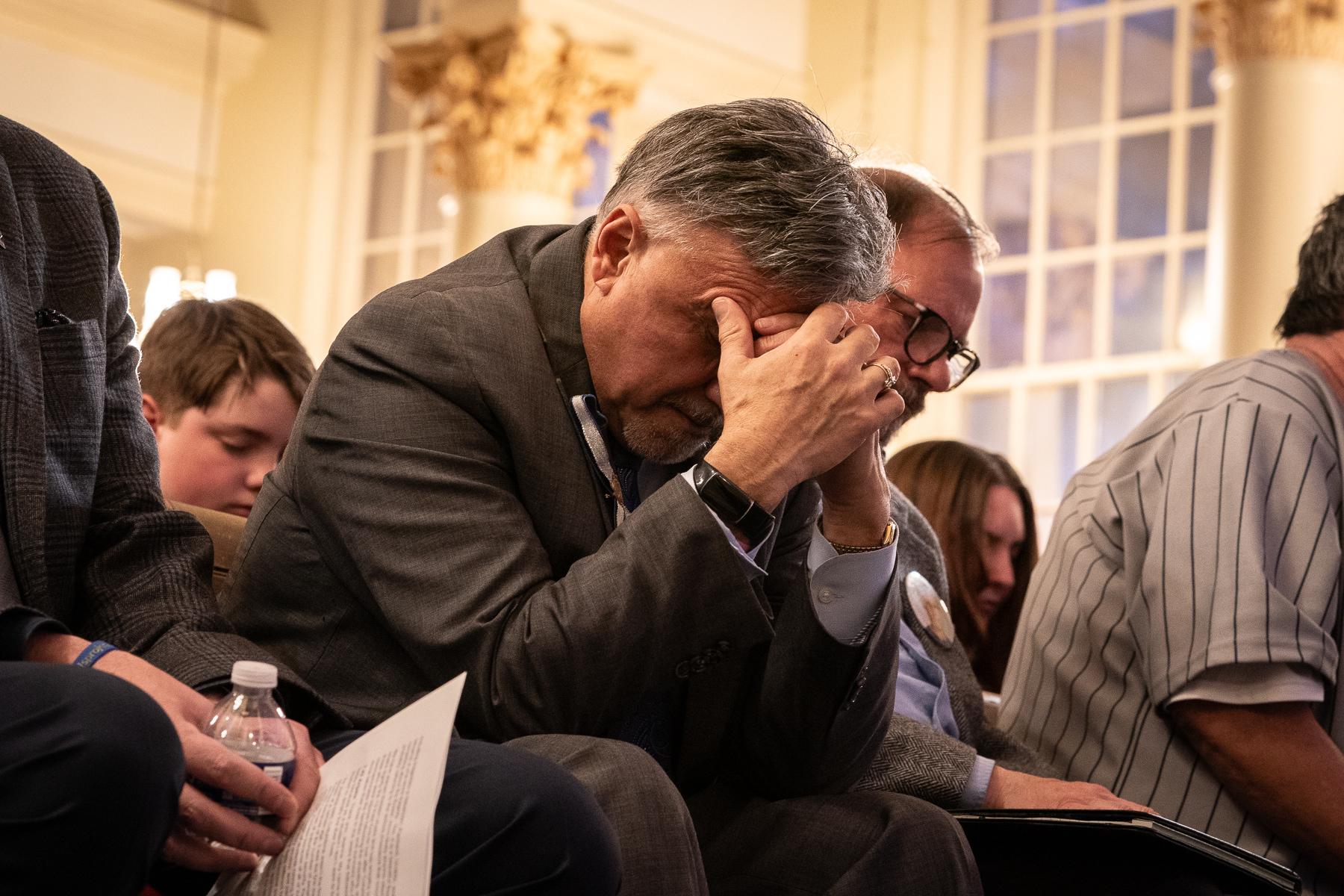
Climate change has already increased the size and severity of wildfires in Colorado.
Experts warn the fast-moving grass fires that ignited Thursday near Boulder, torching more than 500 homes and forcing tens of thousands of residents to evacuate their homes — as well as Colorado’s tragic 2020 wildfire season — could be just a preview.
The setting for Thursday’s fires marked the most notable difference in the most recent set of fires. Instead of burning through national forests and mountain towns, the grass fires near Boulder County engulfed suburbs, including a Target shopping center and a hotel.
The continued rise in global temperatures will likely warm and dry the state for decades into the future. Those patterns will only intensify as human activities add greenhouse gases into the atmosphere, further priming the landscape for extreme fire behavior and extending fire seasons.
And yet those trends haven’t stopped people in Colorado communities from building homes in the danger zone.
But while many residents may have expected safety in urban areas, fire experts have warned wildfire risk isn't limited to mountain areas. In 2017, state foresters estimated nearly 3 million Coloradans lived in fire-prone areas, which scientists refer to as the wildland-urban interface, known as the WUI. That’s about half the state’s population.
How many Colorado homes could burn down in a wildfire?
Back to that eye-popping number: Nearly 3 million Coloradans live in wildfire-prone areas.
The estimate comes from the Colorado State Forest Service. The agency maintains the Colorado Wildfire Risk Assessment Portal, or CO-WRAP, to help firefighters and local leaders plan for wildfires. Anyone can use the portal to learn more about the fire risk near their home or any other community. An update is scheduled for next year.
Amanda Fordham, who oversees data and science for the state forest service, said it’s important to remember fire risks are not the same. The data tool shows grassland fires threaten many subdivisions. While those fires can burn quickly and threaten homes, firefighters are also usually on hand to help.
“We see those fires are typically able to be suppressed at a much quicker rate than some of these higher-intensity forest fires,” Fordham said.
Nevertheless, experts like Fordham warn not to overlook the dangers of grass fires. Fire authorities in Colorado Springs warned wet weather in spring 2021 helped grasslands to flourish. Vegetation could dry into ideal fuels for quick, dangerous blazes like the Marshall fire that swept through Boulder County.
Who faces the risk of the worst wildfires in Colorado?
Forested areas still present some of the highest fire danger to homes.
In Colorado, 17 percent of housing units are in areas with extreme fire risk, according to Verisk Analytics, a company that models wildfire risk for insurers. Jefferson County contains the most dwellings facing extreme fire danger. To its west, Gilpin County has the highest percentage of vulnerable homes: 95 percent of homes there face extreme fire danger, the data show.
Another analysis found Teller County faces the highest wildfire risk to property in Colorado.
Are big cities safe?
While downtown Denver is unlikely to burn down in a wildfire, many urban areas are located close to forested areas and ignitable grasslands.
Jennifer Balch, a fire researcher and director of the Earth Lab at the University of Colorado Boulder, said her hometown is a good example. In her experience, most people are surprised to learn firefighters consider everything west of Broadway in Boulder part of the wildland-urban interface — an area that includes part of the city’s upscale Pearl Street Mall.
Does living in a fire-prone area make it more susceptible to dangerous wildfires?
Yes.
One recent study examined all home-threatening wildfires in the U.S. between 1992 and 2015. It found people started 97 percent of those blazes through things like debris burning, cigarettes, fireworks — and even mower blades hitting rocks and sparking fires.
Balch, who helped write the study, said the results show why it’s essential to focus on ignition sources near homes. If people could learn to change their behavior, they could prevent some of the most dangerous wildfires from threatening Colorado communities.
“We need Smokey the Bear for the suburbs,” she said. “We need to better understand how our daily activities carry the risk of ignitions.”
What can be done to protect homes?
To protect homes against wildfires, experts recommend residents focus on two main ideas: structural integrity and defensible space.
Structural integrity is all about making sure a home is built to resist wildfire. Some steps are as simple as clearing leaves and debris from roofs or decks. Residents could also take more aggressive steps, like installing metal roofs or an exterior sprinkler system to beat back the flames.
Defensible space involves the landscape surrounding the building. By reducing fuel sources around a building, residents can create a safe zone for firefighters and create a break to slow a fire’s spread.
The National Fire Protection Association has found the changes dramatically increase the chances a home survives a wildfire. Many nonprofits and government programs have more detailed guides to protecting homes.
Does Colorado require residents to protect their homes against wildfires?
Unlike California, Colorado has no statewide building code for fire-prone areas.
In 2013, a statewide task force recommended the state either mandate a new building code or model an ordinance for local governments. Homebuilders pushed back against the idea, insisting local governments should develop their own codes and teach people about reducing wildfire risk on their own.
Some local jurisdictions require homeowners to protect against wildfires. Since 1993, Boulder County has required anyone living in mountain areas to take protective action. Other communities offer financial incentives to help homeowners.








